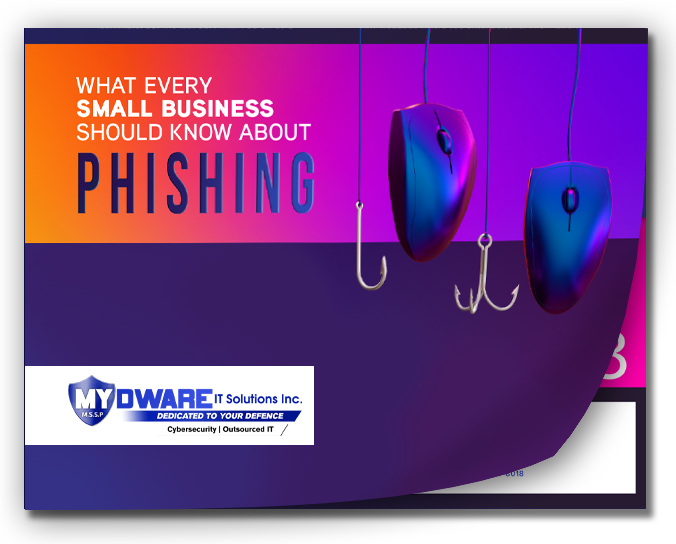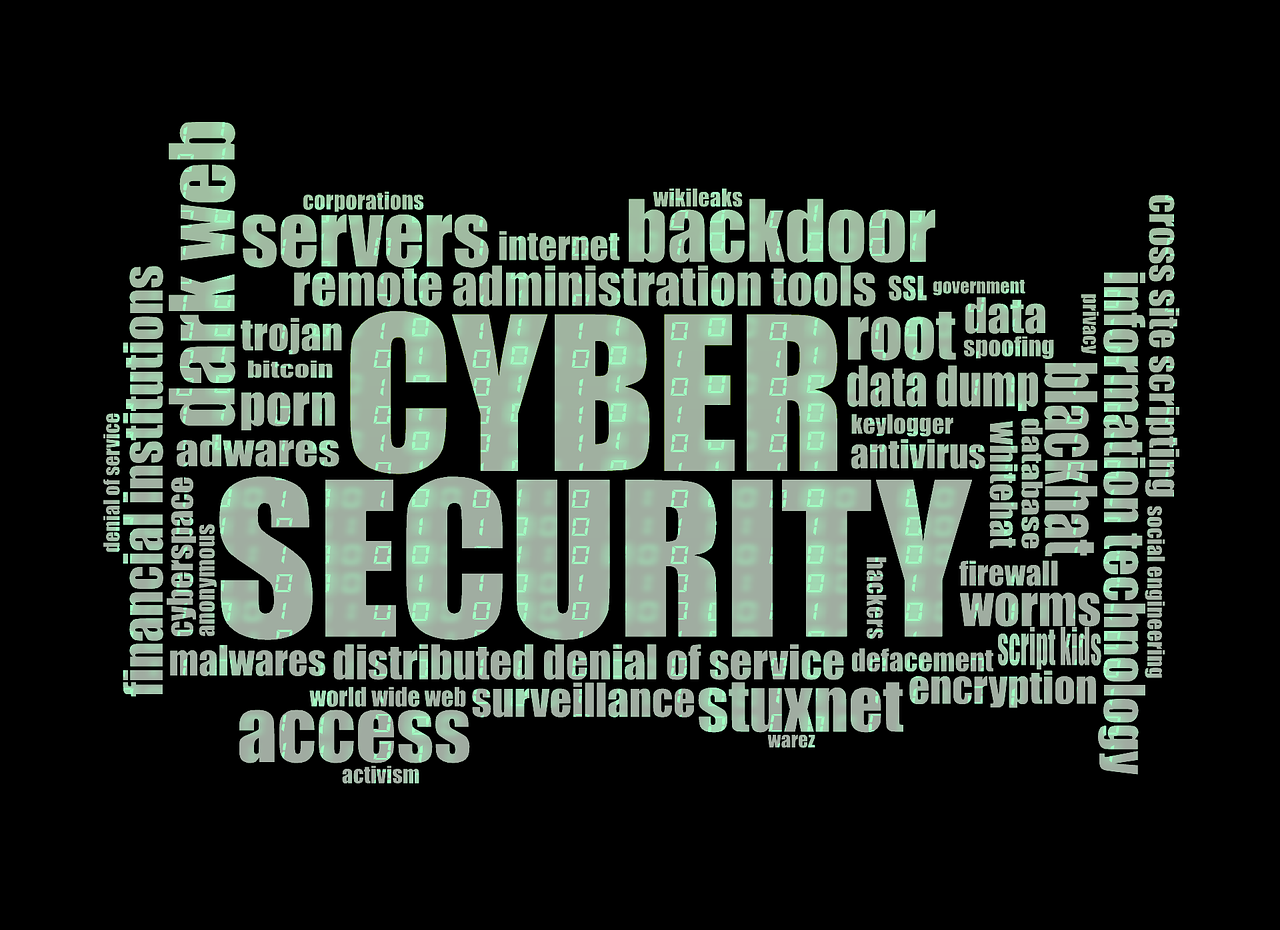
In an era where data is often considered more valuable than gold, the specter of insider attacks looms large over businesses worldwide. Insider threats, perpetrated by individuals with legitimate access to a company's network and sensitive data, pose a formidable challenge to even the most advanced cybersecurity measures. These threats often arise from authorized logins or connections, and they can quietly bypass traditional security defenses that are primarily designed to thwart external intruders. The inherent danger lies in the fact that insiders are already within the organization's trusted perimeter, rendering conventional security protocols blind to their actions.
The Evolving Insider Threat Landscape in 2023
Recent data reveals that the menace of insider threats has grown more ominous in 2023. Here are the latest statistics:
A 44% Surge in Insider Attacks: Over the past two years, insider attacks have surged by a staggering 44%, indicating a substantial rise in this perilous trend. These attacks are becoming increasingly sophisticated, making them even more challenging to detect and prevent.
Extended Timeframes for Containment: Organizations now require an average of 85 days to contain an insider threat, a disheartening increase from the 77 days reported in 2020. This extended detection-to-containment timeframe exacerbates the potential damage insiders can inflict and underscores the need for more efficient response strategies.
Rising Costs of Mitigation: The average cost of addressing insider threats has risen by 34%, imposing a substantial financial burden on organizations. This underscores the urgency of tackling this pervasive menace, both from a security and cost-efficiency standpoint.
Understanding the Four Faces of Insider Threats
To effectively combat these escalating insider threats, it's essential for companies to recognize the diverse forms they can take. Insider threats can manifest through employees, vendors, or cunning hackers, with motivations ranging from malicious intent to accidental actions. Here are the four primary types of insider threats companies commonly face:
Malicious/Disgruntled Employee: This category encompasses employees with harmful intent. For example, a departing sales employee might decide to abscond with valuable contacts, constituting a malicious act of data theft. Disgruntled employees, terminated under unfavorable circumstances, may resort to planting ransomware or divulging login credentials to hackers for financial gain.
Careless/Negligent Employee: Some insider threats arise from the actions of inattentive or poorly trained employees who unintentionally jeopardize data security. These individuals might inadvertently share sensitive information on unsecured platforms or use unauthorized devices, often unaware of the potential security consequences.
3rd Party with Access to Your Systems: Outsiders granted access to your network, including contractors, freelancers, and vendors, pose a tangible insider breach risk. Thorough vetting of third parties should precede system access grants, with additional scrutiny by your IT partner to address data security concerns.
Hacker That Compromises a Password: Compromised login credentials represent one of the most potent insider threats, now responsible for the majority of global data breaches. When a cybercriminal gains access to an employee's login credentials, they effectively masquerade as a legitimate user within your computer system.
Proactive Strategies to Defend Against Insider Threats
In a rapidly evolving threat landscape, proactive measures are your first line of defense against insidious insider threats. Here are the best practices to consider in 2023:
Thorough Background Checks: Conduct comprehensive background checks for new employees, vendors, and contractors. Look for red flags in their work history that may indicate malicious intent or unreliability.
Endpoint Device Solutions: Implement an endpoint management solution to monitor device access, allowing you to whitelist authorized devices and automatically block unauthorized ones.
Multi-factor Authentication & Password Security: Combat credential theft with multi-factor authentication and enforce strong password policies. Encourage the use of business password managers to maintain robust security.
Employee Data Security Training: Train employees in proper data handling and educate them about security policies governing sensitive information. Encourage a culture of cybersecurity awareness and responsibility.
Network Monitoring with AI: Employ intelligent network monitoring, utilizing AI-enabled threat detection to identify unusual behaviors in real-time. Be vigilant for signs such as excessive file downloads or logins from unfamiliar locations.
As insider threats continue to evolve, organizations must adapt their security strategies to defend against these insidious attacks. The statistics for 2023 underscore the urgency of addressing this growing menace, both in terms of security and financial stability. By understanding the types of insider threats and implementing proactive security measures, businesses can better protect their digital fortresses from potential breaches and data theft. Don't wait until it's too late – fortify your defenses and seek expert guidance to ensure your organization remains resilient in the face of this persistent threat. Contact us now!




